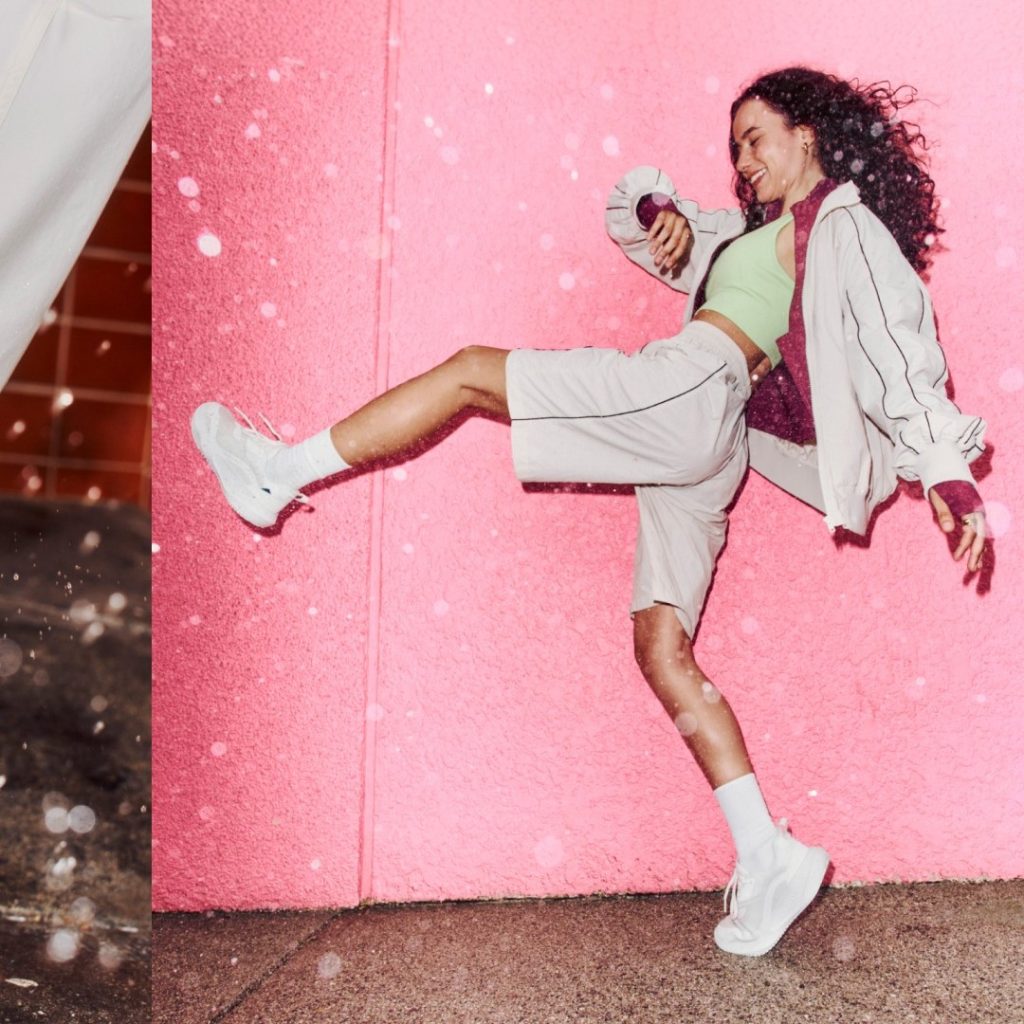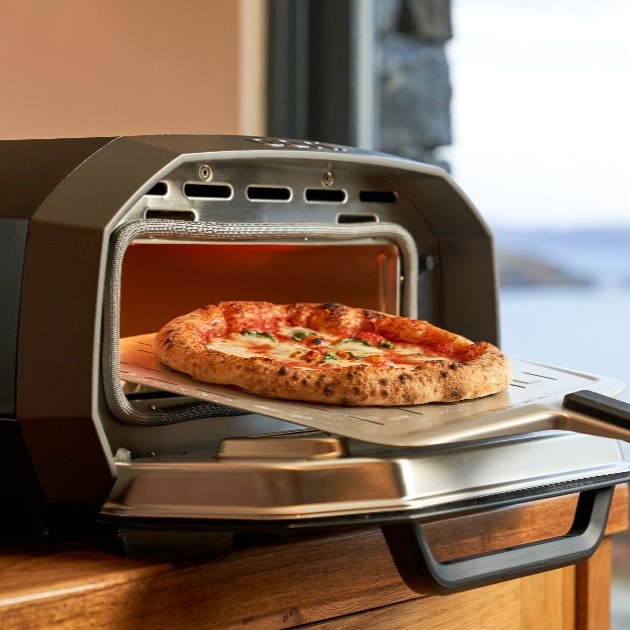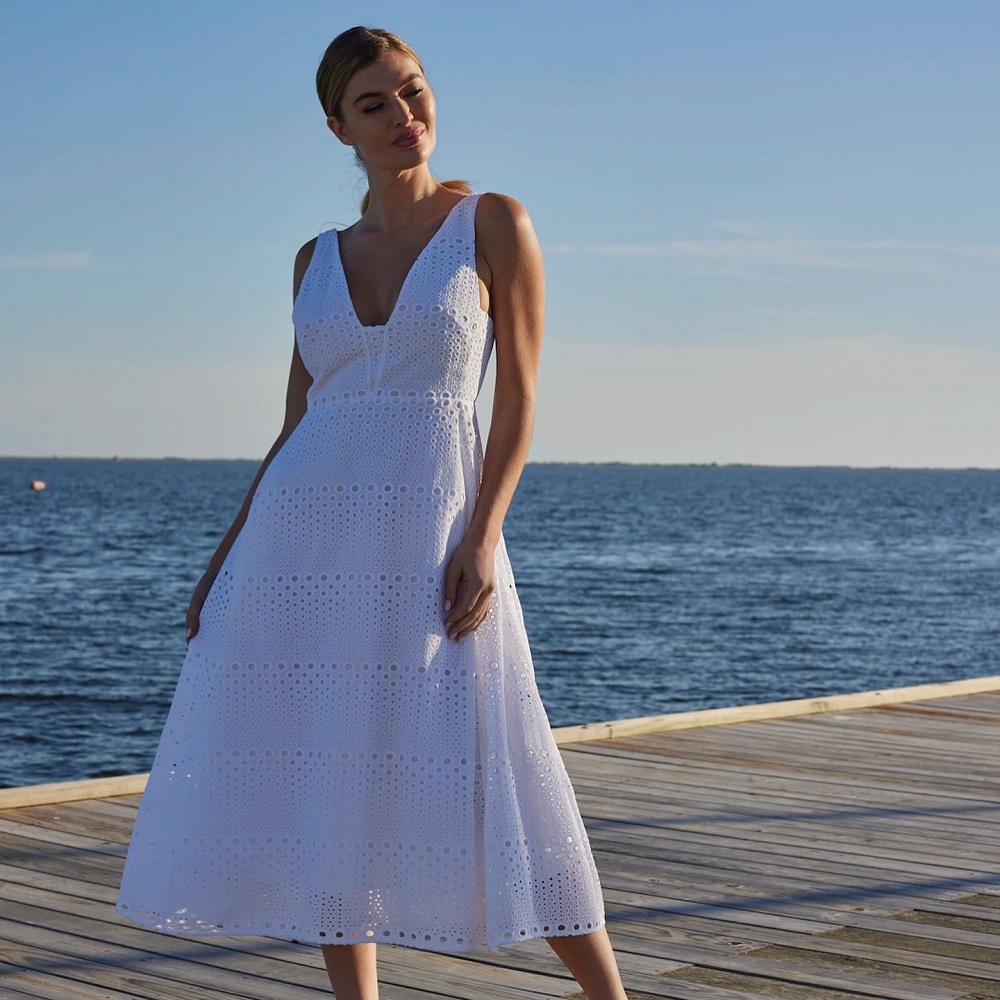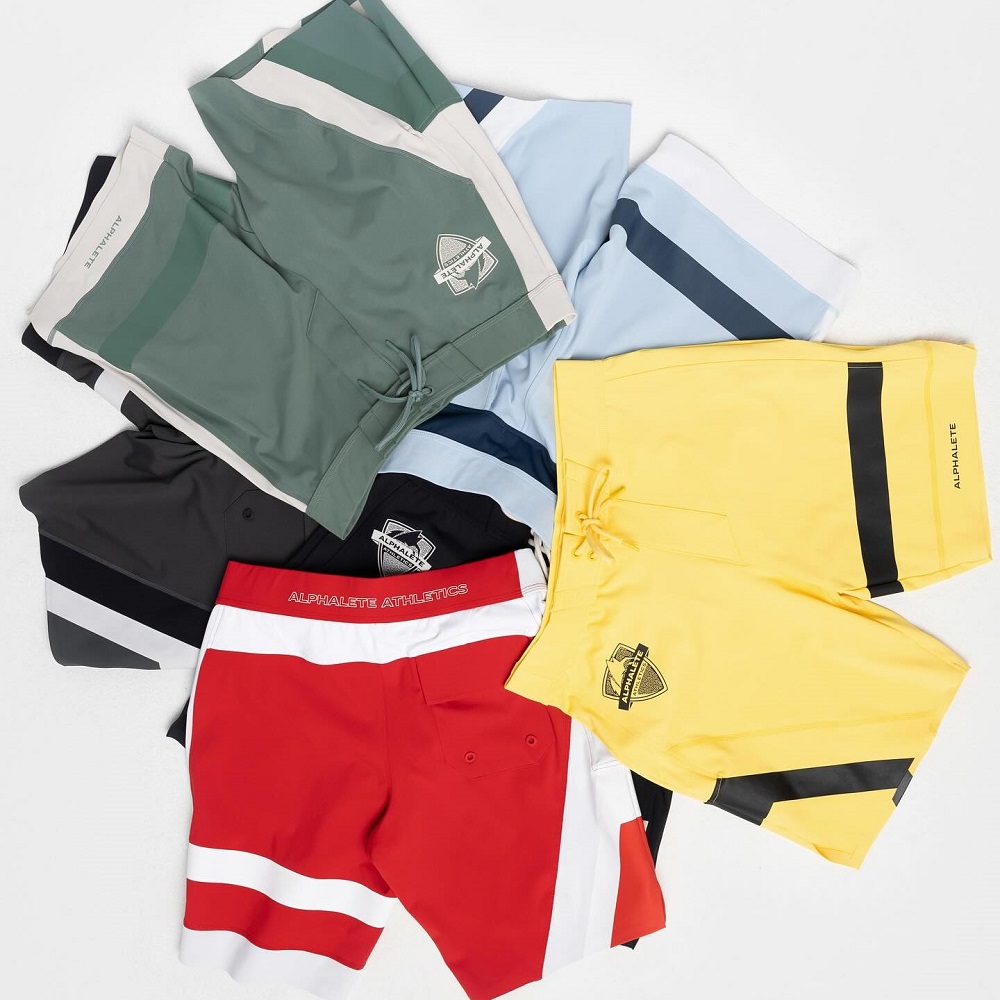Sock Types & Lengths: Best Guide for 2020
Table of Contents
We all wear socks, but no one person wears them for the exact same reasons. With all the varieties that come with life, types of socks are designed in response. Whether it’s to keep your feet warm, to improve your athletic performance, provide the finishing touch for your outfit, or any of the host of reasons you wear socks, they come in so many options because of our varied lifestyles.
Sock choices are endless when it comes to styles, lengths, colors, and materials to try out. Once you familiarize yourself with all the different types of socks, you’ll be able to pick your pairs with purpose.
The 8 Major Sock Lengths
No Show Socks
No show socks are the perfect example of a meaning contained within a name: they’re designed to be invisible. When worn with most shoes, you can’t see no shows, making your footwear and the rest of your outfit the main focus. No shows pair well with low-top shoes like sneakers, slip-ons, flats and certain short boots. These socks are ideal for everyday use in the summer or other warmer months, as they let your legs and ankles breathe.
No show socks can also be worn to the gym, for the same benefit of coolness. They work with any casual outfit, and are especially popular for women who wear flats to the office. No shows are a good idea to pair with boat shoes and loafers, over no socks at all, since sweat can damage shoes.
Ankle Socks
Ankle socks are sometimes confused with no shows, since both are short in length. Ankle socks stand a couple of inches above your ankle, which makes them visible over most shoes. This style is a popular choice for athletic socks, as it offers breathability. This is one of the types of socks that can also be worn more casually with sneakers, shorter boots, and some high heels.
Micro-Crew Socks
Micro-crew socks are longer than an ankle sock but shorter than regular crew socks. They end above the ankle and below the mid-calf. They pair well with mid or high top shoes and help to prevent chafing from occurring around your ankles. Micro-crew socks are most commonly worn during hiking. They protect your ankles from sharp objects like rocks and plants and those pesky mosquito bites.
Crew Socks
Crew socks are cut between ankle and mid-calf length, typically ending under the calf muscle. This cut is most often used in casual socks, though athletic socks and dress socks also come in this length. Crew socks are the most common length and pair well with any boot or shoe.
Quarter Length Socks
Sitting just between an ankle sock and a crew sock, quarter socks add additional coverage to your lower leg. They generally sit atop the middle of your ankle bone, meaning its slightly visible above the heel collar of your shoe. They have the right length so that when you sit down, your pants don’t ride up past them to reveal bare skin.
Mid-Calf Socks
Compared to crew length socks, mid-calf or trouser socks sit perfectly in the curve of your calf so they won’t fall down your leg during the day. Many dress socks come in mid-calf length. Since they sit tightly around your upper calf, it makes for clean and smooth lines from the knee down to the foot.
Knee High Socks
Knee high socks, or over the calf, reach just where you’d expect, a few inches below the knee. They’re typically worn by women who pair knee high socks with skirts, shorts, dresses, heels and boots. For men, they’re great to wear under any bottoms for an extra layer of warmth and comfort. Knee length socks generally feature stay-up technology to prevent them from rolling down.
Thigh High Socks
Also known as over-the-knee socks or O.T.K., this length is paired with skirts, shorts, dresses or longer tops. This is one of the longer types of socks that are a suitable alternative to wear during the colder months, since they cover much of the leg. Expect the elastic around the cuff to be tight since it’s working to hold up more material.
| Sock Length | Average Height |
| No show | 1’-1.5” |
| Ankle | 2”-3” |
| Micro-crew | 2-5″ |
| Quarter length | 4-6″ |
| Crew | 6”-8” |
| Mid-Calf | 10”-12” |
| Knee high | 17.5”-18” |
| Thigh high | 24”-32” |
Casual Socks
Casual socks are designed to be worn on a regular day. Socks are all the rage now and you can get pretty much anything you want on them, even your pet. Do a quick search online and a sea of colours, patterns, styles and lengths will be at your disposal with casual socks. Since there is a wide selection for casual socks, they come in just about any length. Standard cuts for casual socks are ankle, crew, calf length, knee high, and over the knee.
Dress Socks
Dress socks, as the name implies, are designed for wearing with dress shoes and formal attire. You can also wear them in more laid back settings, where dress socks can elevate your casual outfit. You can go for subtle sophistication with neutral dress socks, or you can choose colors and patterns to add flair to a basic business casual look.
The ideal length for dress socks has fluctuated throughout the years, dating all the way back to when exposed skin was seen to be scandalous. A good dress sock usually comes in mid-calf length, while knee high is offered if you want more coverage or comfortability. You should never wear a dress sock that is below the calf. The shorter you go, the more you put yourself at risk for bare skin to show.
Athletic Socks
Athletes require socks that will support them at their peak performance. Foot problems that commonly affect athletes, like joint irritation and athlete’s foot, could be caused by wearing the wrong types of socks. Athletic socks act as a cushion for the feet to prevent irritation and work to repel extra force the body creates when it’s jumping, running and bouncing around.
These socks are designed with moisture-wicking capabilities, so that moisture can be trapped and transferred, leaving the feet dry. Athletic socks come in a variety of lengths, based on activity requirements. Let’s take a look at which socks go best with certain forms of exercise:
- Running: A good pair of high moisture-wicking socks will defend against athlete’s foot
- Cycling: You won’t need extra padding when cycling, so opt for a thin pair of socks to prevent chafing
- Hiking: For shorter hikes, focus on wicking capabilities; for those who like to hike further, socks with padding to keep your feet warm, such as micro-crew
- Lifting: To protect your legs from weights, it’s recommended to wear higher socks like mid-calf or knee highs
Compression Socks
Compression socks are in a special category, distinct from the types of socks we’ve looked at so far. Compression socks are built to addresses issues with circulation. They place targeted pressure to help push blood and fluid out of your legs, enhancing circulation by creating a pressure gradient. They fit tightly around your ankle, gradually decreasing in pressure toward the top.
Compression socks are recommended for people who spend prolonged periods of time sitting or standing, which causes blood to pool in the legs. They also assist in post-exercise recovery and in treating mild to severe venous issues. Compression socks are commonly available in knee high and thigh high lengths. Refer to our full guide on compression socks for details.
Most Common Sock Faux Pas
Now that we’ve gone through types of socks and the lengths they come in, let’s get to the style part. It can be difficult to keep track of shifting fashion standards. Trends come and go, but you know what stays? Socks. Thankfully, sock faux pas are pretty set in stone, so this will be easy to remember.
- Socks with sandals: You’ve probably seen this one a lot. Maybe out on grocery runs, on campus or maybe you’re the one sporting this deplorable duo. Sandals are meant to be worn with bare feet and without any types of socks.
- Rolling or folding: For the people out there who roll and fold their socks down while wearing them, please stop. The best solution to this problem is to just keep them pulled up. It’s the way they were intended to be worn, so keep them that way.
- Socks with shorts: Keep your shorts short and your socks even shorter when pairing the two together. A large and visible sock line is not a good look, so choose no show socks or ankle socks if you need to.
- Wearing *any* types of socks with dress shoes: Dress socks and dress shoes belong together. End of story.
Treat your socks like the accessory that they are. Just like you would with a nice belt or jewelry, use them to complete your outfit. Now that you know all the types of socks, choose the right pairs to make the most of your day.








